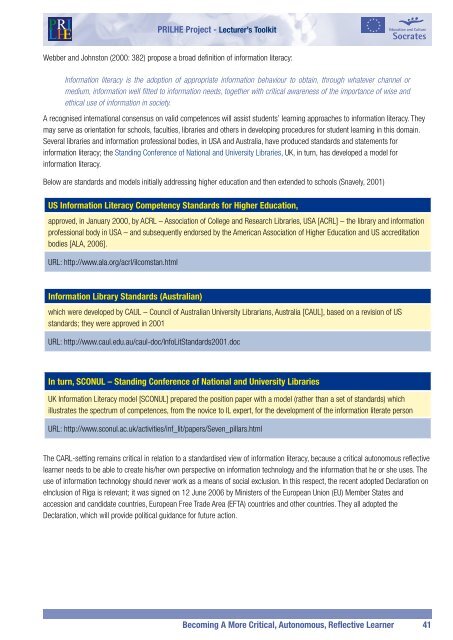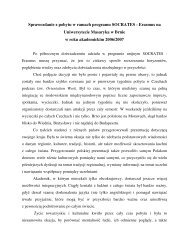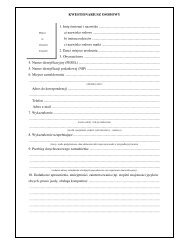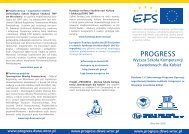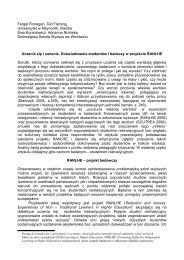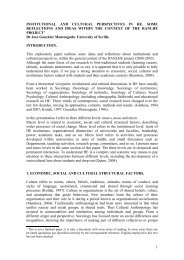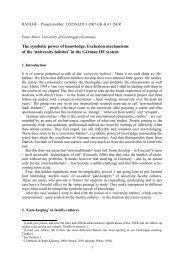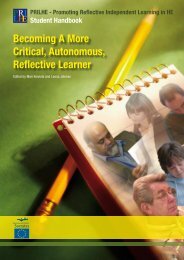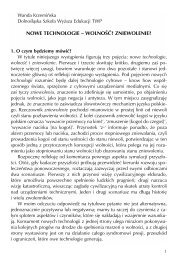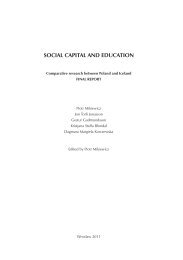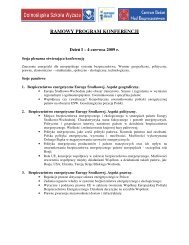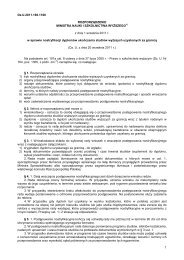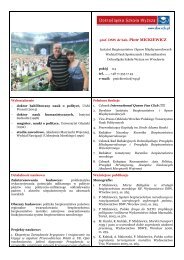Becoming A More Critical, Autonomous, Reflective Learner
Becoming A More Critical, Autonomous, Reflective Learner
Becoming A More Critical, Autonomous, Reflective Learner
Create successful ePaper yourself
Turn your PDF publications into a flip-book with our unique Google optimized e-Paper software.
PRILHE Project - Lecturer’s Toolkit<br />
Webber and Johnston (2000: 382) propose a broad definition of information literacy:<br />
Information literacy is the adoption of appropriate information behaviour to obtain, through whatever channel or<br />
medium, information well fitted to information needs, together with critical awareness of the importance of wise and<br />
ethical use of information in society.<br />
A recognised international consensus on valid competences will assist students’ learning approaches to information literacy. They<br />
may serve as orientation for schools, faculties, libraries and others in developing procedures for student learning in this domain.<br />
Several libraries and information professional bodies, in USA and Australia, have produced standards and statements for<br />
information literacy; the Standing Conference of National and University Libraries, UK, in turn, has developed a model for<br />
information literacy.<br />
Below are standards and models initially addressing higher education and then extended to schools (Snavely, 2001)<br />
US Information Literacy Competency Standards for Higher Education,<br />
approved, in January 2000, by ACRL – Association of College and Research Libraries, USA [ACRL] – the library and information<br />
professional body in USA – and subsequently endorsed by the American Association of Higher Education and US accreditation<br />
bodies [ALA, 2006].<br />
URL: http://www.ala.org/acrl/ilcomstan.html<br />
Information Library Standards (Australian)<br />
which were developed by CAUL – Council of Australian University Librarians, Australia [CAUL], based on a revision of US<br />
standards; they were approved in 2001<br />
URL: http://www.caul.edu.au/caul-doc/InfoLitStandards2001.doc<br />
In turn, SCONUL – Standing Conference of National and University Libraries<br />
UK Information Literacy model [SCONUL] prepared the position paper with a model (rather than a set of standards) which<br />
illustrates the spectrum of competences, from the novice to IL expert, for the development of the information literate person<br />
URL: http://www.sconul.ac.uk/activities/inf_lit/papers/Seven_pillars.html<br />
The CARL-setting remains critical in relation to a standardised view of information literacy, because a critical autonomous reflective<br />
learner needs to be able to create his/her own perspective on information technology and the information that he or she uses. The<br />
use of information technology should never work as a means of social exclusion. In this respect, the recent adopted Declaration on<br />
eInclusion of Riga is relevant; it was signed on 12 June 2006 by Ministers of the European Union (EU) Member States and<br />
accession and candidate countries, European Free Trade Area (EFTA) countries and other countries. They all adopted the<br />
Declaration, which will provide political guidance for future action.<br />
<strong>Becoming</strong> A <strong>More</strong> <strong>Critical</strong>, <strong>Autonomous</strong>, <strong>Reflective</strong> <strong>Learner</strong> 41


